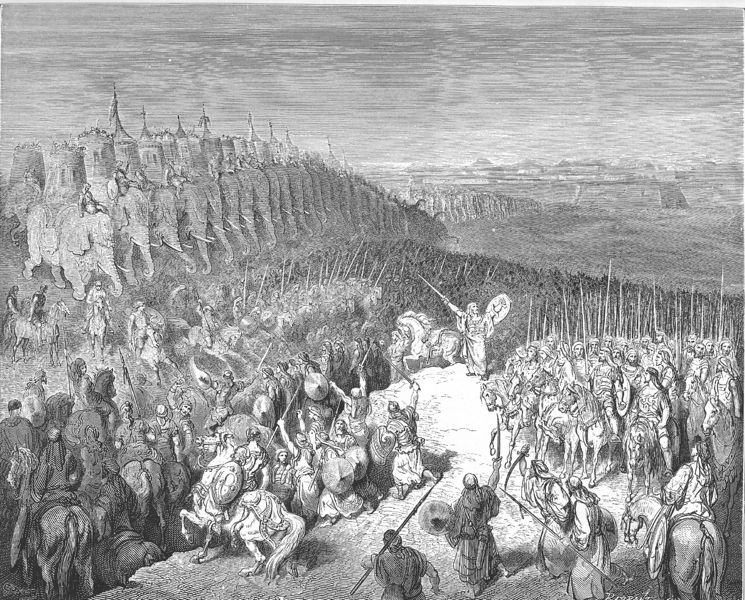La Folia’s Endless Possibilities
Good composers borrow. Great ones steal. -Igor Stravinsky La Folia, the ancient theme/chord progression which originated in Portuguese dance music as early as 1577, was borrowed (and stolen) by composers throughout the Baroque era. Vivaldi, Scarlatti, Handel, and Jean-Baptiste Lully were among the composers who took advantage of the theme’s endlessly rich musical possibilities. Later composers also paid homage to La Folia. It surfaces briefly at this moment in the second movement of Beethoven’s Fifth Symphony. Franz Liszt included it …

